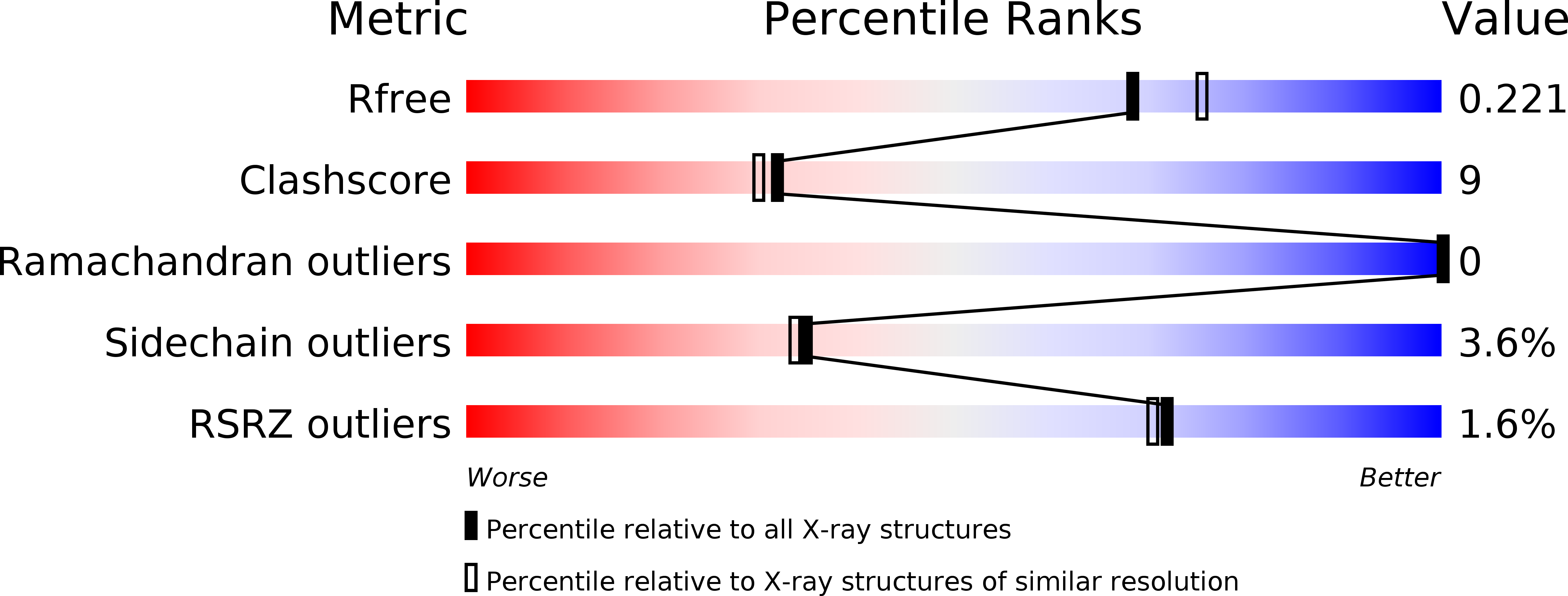
Deposition Date
2008-11-12
Release Date
2009-10-06
Last Version Date
2023-11-01
Entry Detail
PDB ID:
3F8E
Keywords:
Title:
Coumarins are a novel class of suicide carbonic anhydrase inhibitors
Biological Source:
Source Organism:
Homo sapiens (Taxon ID: 9606)
Method Details:
Experimental Method:
Resolution:
2.00 Å
R-Value Free:
0.26
R-Value Work:
0.19
R-Value Observed:
0.20
Space Group:
P 1 21 1


